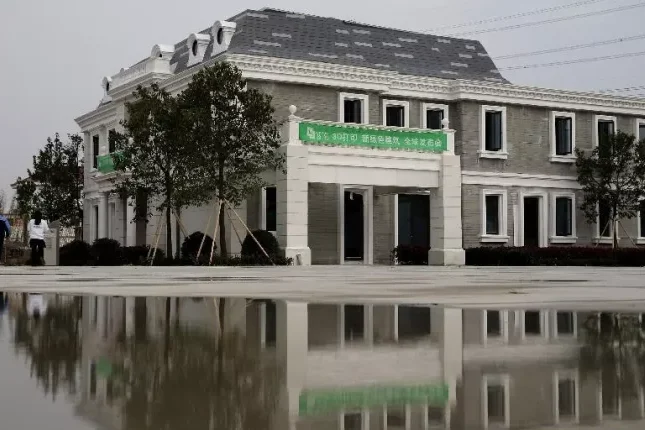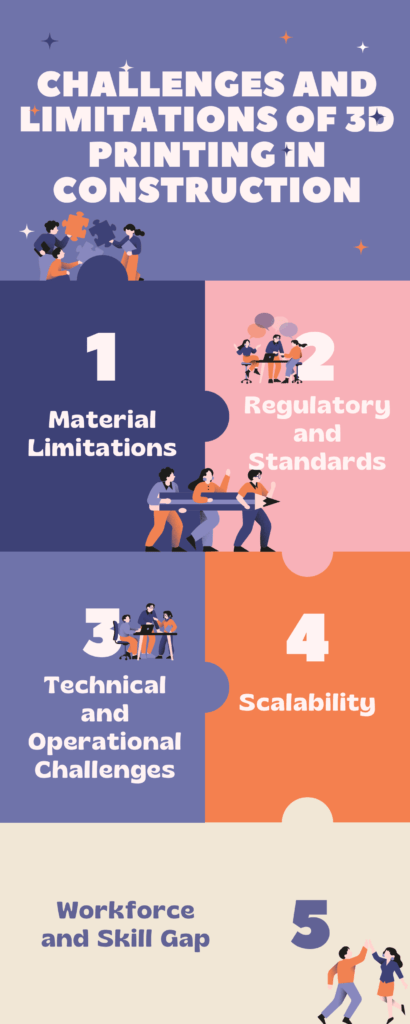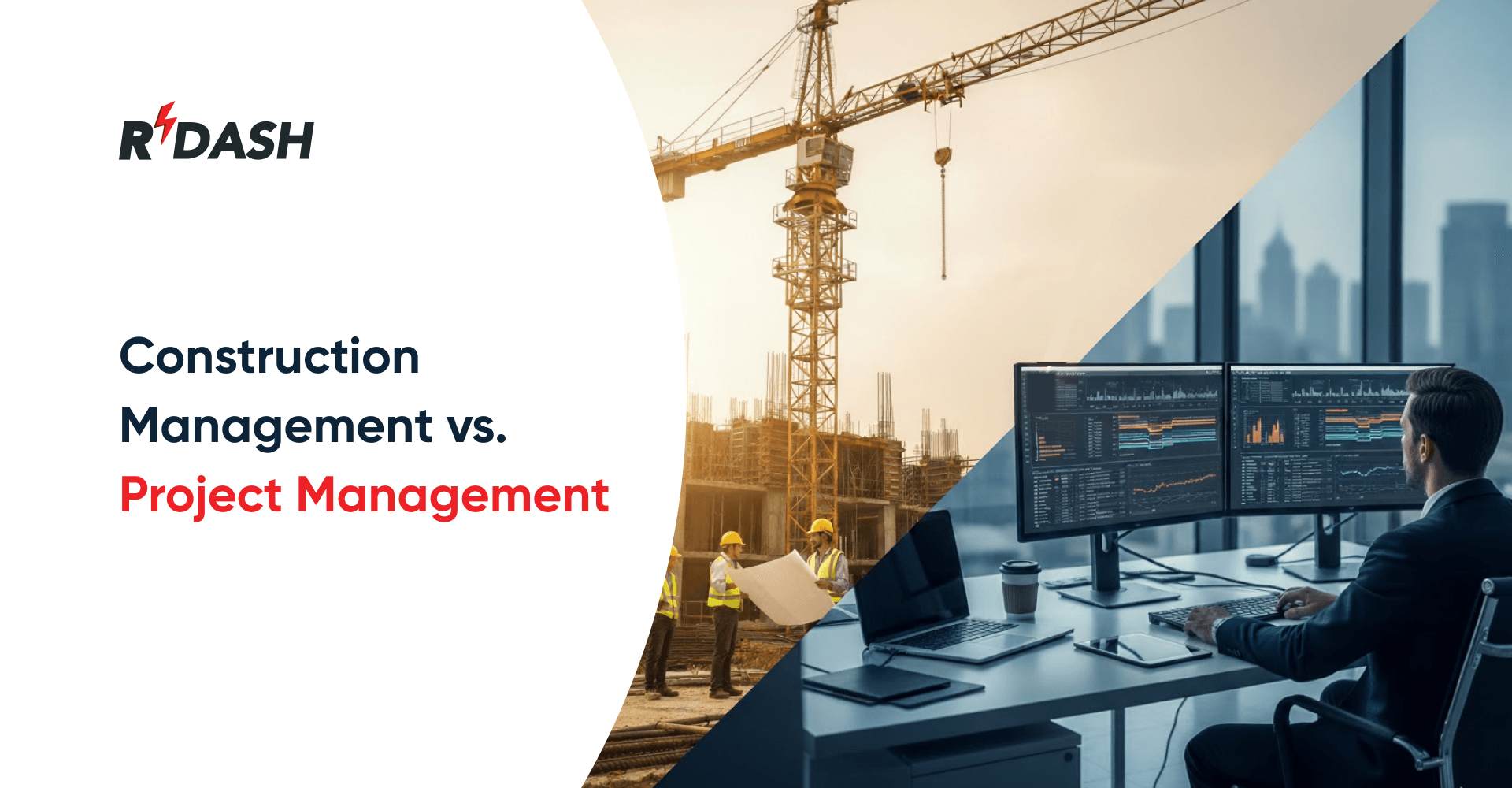3D printing in Construction, once a futuristic concept, is rapidly transforming the construction industry. This technology, also known as additive manufacturing, involves creating three-dimensional objects by layering materials according to digital models. In construction, 3D printing in Construction offers a paradigm shift from traditional methods, promising unprecedented design flexibility, efficiency, and sustainability. This blog delves into the evolution of 3D printing in construction, tracing its origins, key milestones, current state, and future prospects, supported by a detailed data table highlighting notable projects.
Origins of 3D Printing in Construction
Early Concepts and Developments

The concept of 3D printing in Construction, also known as additive manufacturing, began to take shape in the 1980s with the advent of stereolithography. Invented by Chuck Hull in 1984, stereolithography involves using ultraviolet lasers to harden photopolymer resin layer by layer to create three-dimensional objects. This groundbreaking technology allowed for the production of complex geometries that were previously unachievable with traditional manufacturing processes. The foundation laid by Hull’s invention paved the way for subsequent advancements in various fields, including construction.
By the early 2000s, researchers and engineers began exploring the potential of 3D printing in construction industry. Initial efforts were directed towards creating small-scale models and prototypes, providing a proof of concept that demonstrated the technology’s potential for larger and more practical applications.
Initial Exploration in Construction
Around 2010, significant strides were made in the application of 3D printing for large-scale construction. Pioneers in the field began experimenting with building larger structures using 3D printing technology, moving beyond small prototypes to actual construction projects. These early endeavors established the feasibility of using additive manufacturing for constructing buildings, laying the groundwork for future innovations and developments.
Key Milestones in 3D Printing Construction
2014: The World’s First 3D Printed House

Project: The first 3D printed house
Location: Shanghai, China
Details: In 2014, WinSun, a Chinese construction company, made headlines by printing ten houses in a single day, each measuring approximately 200 square meters. This project utilized a mixture of recycled construction waste and concrete, emphasizing the potential for sustainable building materials. The successful completion of these houses showcased 3D printing as a viable method for rapid and eco-friendly construction.
2015: Icon’s First 3D Printed Home in the USA

Project: The first 3D printed home in the United States
Location: Austin, Texas
Details: In 2015, ICON, a construction technology company, achieved a milestone by completing the first 3D printed home in the U.S., known as the “ICON House.” This project demonstrated the practicality of 3D printing for residential construction, employing a concrete mixture and a robotic printer. The ICON House highlighted the potential for affordable and quickly constructed housing solutions.
2018: The First 3D Printed Office Building

Project: The first 3D printed office building
Location: Dubai, UAE
Details: In 2018, the Dubai Municipality unveiled the world’s first 3D printed office building, covering 250 square meters. This project employed a combination of concrete and gypsum, illustrating the scalability of 3D printing for larger and more complex structures. The successful construction of this office building demonstrated the potential for 3D printing to revolutionize not only residential construction but also commercial and office buildings.
Current State of 3D Printing in Construction
Technological Advancements
Significant advancements have expanded 3D printing’s capabilities in construction:
- Materials: Innovations include high-strength concrete, geopolymer composites, and bio-based materials.
- Printers: Modern 3D printers for construction are larger, more precise, and capable of printing entire buildings. They incorporate robotics, AI, and advanced sensors for enhanced efficiency and accuracy.
- Software: Advanced CAD and BIM software facilitate precise design and planning, enabling the creation of complex structures with minimal material waste.
Notable Projects and Achievements
Data Table: Key 3D Printing Construction Projects
| Project Name | Location | Year Completed | Structure Type | Material Used | Printing Time | Notable Features |
|---|---|---|---|---|---|---|
| Apis Cor House | Russia | 2016 | Residential House | Concrete | 24 Hours | First on-site 3D printed house |
| Dubai Municipality Office | Dubai, UAE | 2019 | Office Building | Gypsum and Concrete | 17 Days | World’s largest 3D printed building |
| Tecla Habitat | Italy | 2021 | Eco-friendly House | Local Clay | 200 Hours | Sustainable materials and zero-waste process |
| Milestone Project | Netherlands | 2021 | Residential Houses | Concrete | 120 Hours/House | First commercially habitable 3D printed houses |
| New Story Community | Mexico | 2020 | Residential Community | Concrete | 24 Hours/House | Affordable housing for low-income families |
| Gaia House | Italy | 2018 | Eco-friendly House | Soil and Rice Waste | 10 Days | Biodegradable materials and low environmental impact |
| Kamp C House | Belgium | 2020 | Residential House | Concrete | 15 Days | First two-story 3D printed house in Europe |
Case Studies of 3D Printing in Construction
Dubai Municipality Office
Completed in 2019, the Dubai Municipality office building is one of the largest 3D printed buildings in the world. Covering 6,900 square feet, the office was constructed using a mixture of gypsum and concrete. The project was part of Dubai’s ambitious plan to have 25% of its buildings 3D printed by 2030.

Key Features and Impact
- Scale: At 6,900 square feet, this project demonstrated the scalability of 3D printing technology for large structures.
- Sustainability: The use of 3D printing reduced material waste significantly compared to traditional construction methods.
- Efficiency: The construction process was faster and required less manual labor, aligning with Dubai’s goals for innovation and efficiency.
- Promotional Impact: As a high-profile project, it promoted the use of 3D printing in construction globally and underscored Dubai’s commitment to being a leader in smart construction technologies.
Milestone Project
The Milestone Project in the Netherlands, completed in 2021, involved printing multiple residential houses. It is the first commercially habitable 3D printed housing project, demonstrating the potential for mass production.

Key Features and Impact
- Commercial Viability: By creating homes that are habitable and commercially available, the project highlighted the market readiness of 3D printed houses.
- Cost Efficiency: The construction costs were lower due to reduced labor and material waste.
- Sustainability: The project used a sustainable concrete mixture, contributing to reduced environmental impact.
- Design Flexibility: The houses featured innovative designs, showcasing the architectural possibilities of 3D printing.
The Milestone Project underlined the potential for 3D printing to address housing shortages by providing affordable and efficient construction solutions.
Challenges and Limitations of 3D Printing in Construction
While 3D printing in construction has made significant strides, several challenges and limitations must be addressed to fully realize its potential. These challenges range from material limitations and regulatory hurdles to technical and operational issues, as well as the need for a skilled workforce.

Material Limitations
Despite advancements in 3D printing technology, the range of materials suitable for construction remains relatively limited. Most 3D printed construction projects rely heavily on concrete or similar composite materials. While these materials are robust and suitable for many applications, they do not cover all the needs of the construction industry.
Development of New Composites
Researchers are actively developing new materials with improved mechanical properties, durability, and sustainability. For instance, innovations include:
- Geopolymer Composites: These materials offer improved sustainability and reduced carbon footprint compared to traditional Portland cement.
- Bio-Based Materials: Researchers are exploring materials like hempcrete and mycelium-based composites, which are more environmentally friendly.
- High-Performance Concrete: Enhanced formulations that offer greater strength, durability, and weather resistance.
The challenge lies in not only developing these materials but also ensuring they meet the required standards for construction, such as load-bearing capacity, thermal insulation, and fire resistance.
Regulatory and Standards
Navigating the regulatory landscape is a significant hurdle for the widespread adoption of 3D printing in construction. Building codes and standards vary significantly by region, and integrating new technologies into these frameworks requires extensive testing, validation, and often, policy changes.
Building Codes and Certification
- Consistency: Existing building codes are often based on traditional construction methods. Ensuring that 3D printed structures meet these standards requires a thorough re-evaluation of these codes.
- Certification Processes: Each new material and method must undergo rigorous certification processes to ensure safety and reliability. This can be time-consuming and costly.
- Regulatory Approval: Obtaining regulatory approval for new construction methods involves demonstrating long-term performance, which can be challenging for relatively new technologies.
To overcome these challenges, industry stakeholders must collaborate with regulatory bodies to develop appropriate standards and streamline certification processes for 3D printed construction.
Technical and Operational Challenges
Precision and Quality Control
Maintaining precision and quality in 3D printed construction is crucial to ensure the structural integrity and safety of the buildings. This involves several technical challenges:
- Robotics and Automation: Advanced robotics are essential for precise material deposition. Current research focuses on improving the accuracy and reliability of these robotic systems.
- Sensor Technology: Integrating sensors into the printing process helps monitor and control the quality of the output in real-time. Sensors can detect and correct deviations from the intended design, ensuring consistency.
- Artificial Intelligence: AI can enhance precision by optimizing the printing process, predicting potential issues, and making real-time adjustments to ensure high-quality results.
Scalability
Scaling up 3D printing for large-scale construction projects presents its own set of challenges. While small residential projects have shown success, larger and more complex structures pose difficulties:
- Printer Design: Developing larger, more capable printers that can handle extensive projects is essential. This includes enhancing the mobility and range of these printers to cover large construction sites.
- Material Handling: Efficiently managing the supply and application of materials over large areas is challenging. Innovations in automated material handling systems are needed to support large-scale 3D printing.
- Infrastructure Integration: Integrating 3D printing technology into existing construction infrastructure and processes requires significant adjustments, both technically and operationally.
Workforce and Skill Gap
The adoption of 3D printing in construction necessitates a workforce that is skilled in both traditional construction methods and advanced 3D printing technologies. This creates a demand for specialized training and educational initiatives.
Training Programs
- Cross-Disciplinary Training: Workers need training in traditional construction skills, robotics, and digital modeling. This requires comprehensive training programs that cover a broad range of skills.
- Continuing Education: As 3D printing technology evolves, ongoing education and upskilling are essential to keep the workforce current with the latest advancements.
Educational Initiatives
- Academic Programs: Universities and technical schools are starting to offer courses and degrees focused on additive manufacturing and construction technology. Expanding these programs is crucial.
- Industry Partnerships: Collaboration between educational institutions and industry leaders can help develop relevant curriculum and provide practical training opportunities through internships and apprenticeships.
Addressing the Challenges
To address these challenges, concerted efforts from various stakeholders, including researchers, industry leaders, policymakers, and educational institutions, are necessary. Key strategies include:
- Research and Development: Continued investment in R&D to develop new materials, improve printing technologies, and enhance precision and scalability.
- Regulatory Collaboration: Engaging with regulatory bodies to update building codes and standards to accommodate 3D printed structures.
- Skill Development: Establishing robust training programs and educational initiatives to equip the workforce with the necessary skills.
- Public and Private Partnerships: Encouraging partnerships between public and private sectors to foster innovation, share knowledge, and promote the adoption of 3D printing in construction.
Future Prospects

Expanding Material Horizons
Ongoing research aims to expand the range of materials available for 3D printing. Innovations in bio-based materials, recycled composites, and high-performance concrete will enhance versatility and sustainability.
Advancements in Robotics and AI
Integrating robotics and AI will drive further advancements in 3D printing technology. Autonomous printing systems, equipped with advanced sensors and machine learning algorithms, will enhance efficiency, reduce errors, and improve printed structures’ quality.
Large-Scale Infrastructure Projects
Future applications will likely extend beyond residential buildings to large-scale infrastructure projects like bridges, tunnels, and skyscrapers. The potential for reducing construction time and costs makes 3D printing an attractive option for these projects.
Space Construction
NASA and other space agencies are exploring using 3D printing for constructing habitats on the Moon and Mars. Using lunar or Martian regolith, 3D printing could enable sustainable habitat construction for future space missions, reducing the need for transporting building materials from Earth.
Conclusion
The evolution of 3D printing in construction is a testament to the ingenuity and innovation driving the industry forward. From its early beginnings in the 2000s to today’s groundbreaking projects, 3D printing is poised to revolutionize how we design, construct, and inhabit our built environment. As research and development continue and successful projects demonstrate its feasibility and advantages, 3D printing will likely play an increasingly significant role in shaping the future of construction. The journey is just beginning, and the potential impact on the construction industry is immense, leading to a more efficient, sustainable, and innovative future.






